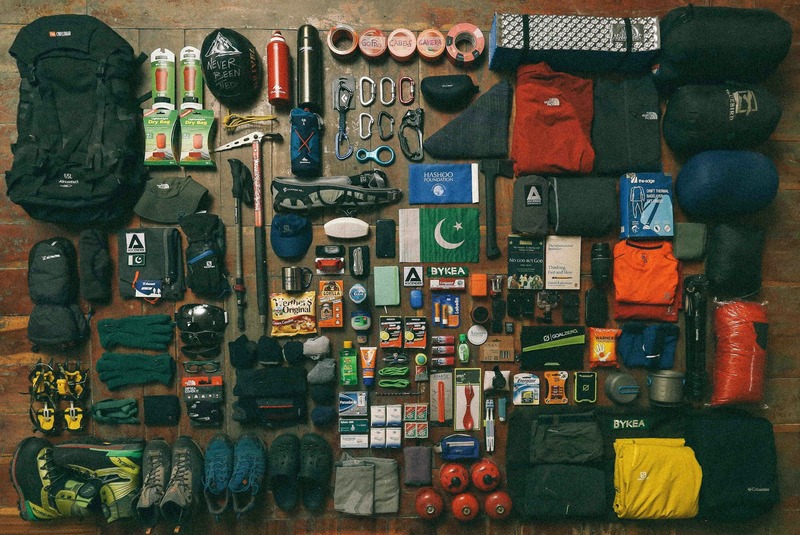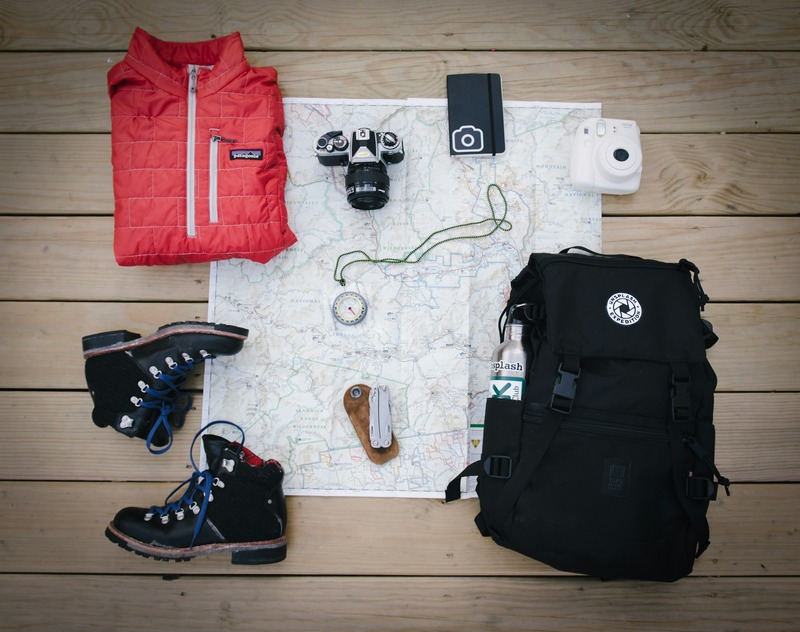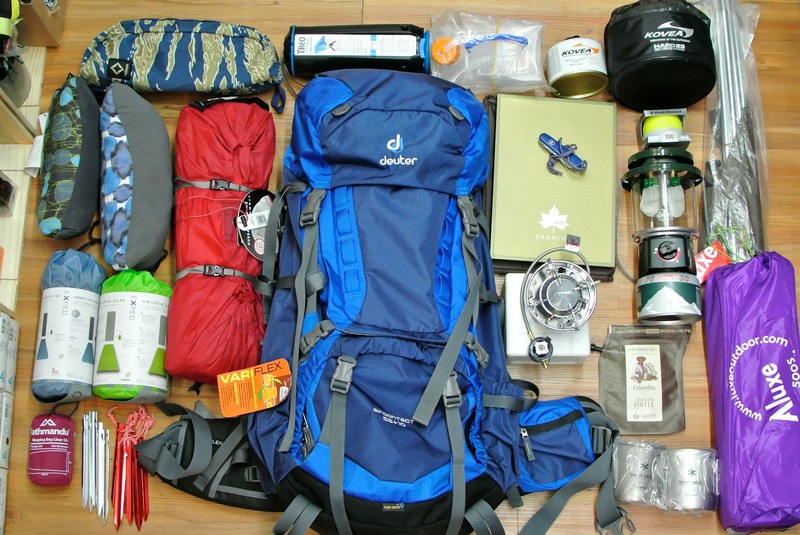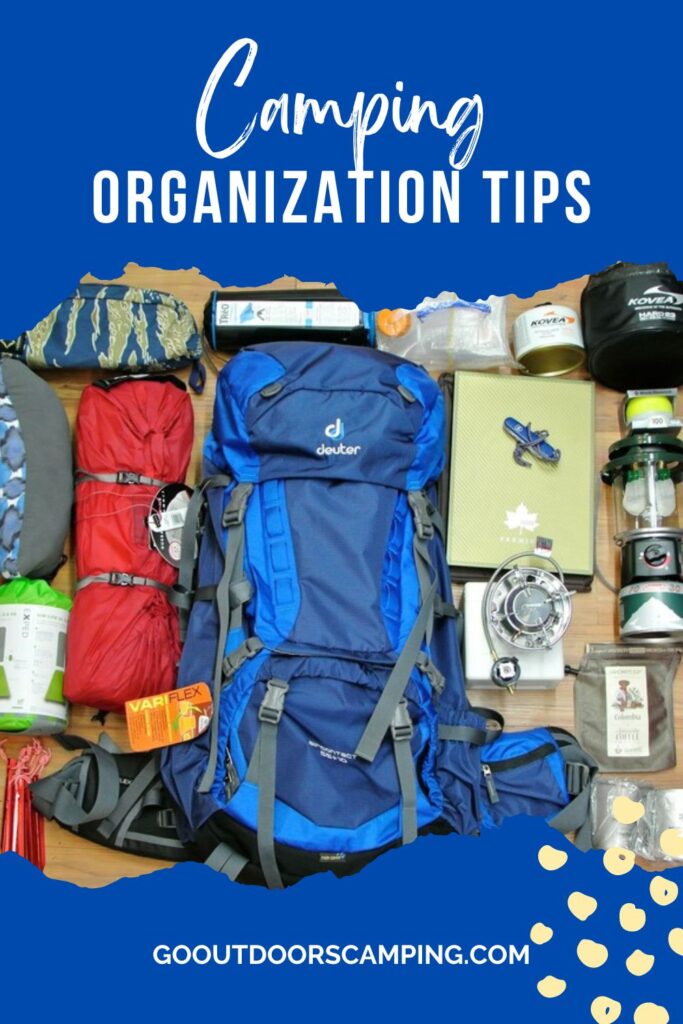Wondering about organizing your camping gear? Check out these tips and tricks to organize camping supplies properly.
Organizing Your Camping Gear
Camping trips, though an escape to nature, can quickly turn into a chaotic experience if not prepared and organized properly. Waking up in a panic because you can’t find your flashlight or tripping over misplaced gear in the middle of the night is not the kind of adventure anybody is hoping for.
In this comprehensive guide, we’ll go through the best strategies to organize all your camping supplies, ensuring that your next outdoor excursion is both stress-free and enjoyable. Whether you’re an experienced outdoorsman or planning your first family camping trip, these tips are designed to make your packing and setup easy to manage and your time in the wilderness focused on the fun, not the frustration.

Prioritize and Plan:
Make a Master List:
Before you venture into storing your camping supplies, it’s wise to start with a comprehensive list of all the items you’ll need. This will include your larger gear like tents and sleeping bags, as well as the smaller, often-forgotten essentials such as a first-aid kit, toothbrushes, and travel-size toiletries. Organize your list based on necessity and frequency of use during your trips.
Invest in Quality Gear:
Quality camping gear is not only a sound investment but aids in organization. Durable equipment lasts longer and can often be packed in a more compact and organized manner. Lightweight, collapsible, or multi-functional gear can also significantly reduce the packing volume while still meeting all your needs.
These heavy duty camping storage tubs work great and stand up to use.
Storage Solutions:
Where to Store Your Camping Gear:
When you’re not camping, your gear needs a safe and organized place to wait for the next adventure. A dedicated storage area in your home, garage, or shed is optimal. Ensure the area is dry, ventilated, and protected from pests.
Best DIY Organizational Tips:
DIY solutions can really make a difference in the organization of your gear. Hanging shelves, labeled bins, and portable organizers can keep everything in its place and are often customizable to your specific needs. For items that need to be easily accessible, like cooking supplies, consider a hanging organizer with clear pockets.

Packing for the Trip:
Clothing:
Clothing is one of the largest categories of camping gear. To make sure you’re well-prepared and organized, pack your clothes inside waterproof stuff sacks. Roll garments to save space and prevent wrinkles. Place these at the bottom of your pack or vehicle for easy access.
Car Camping Organization Hacks:
For those whose camping style is more about driving to a spot and setting up, organizing gear in the car is crucial. Use stackable, clear storage containers to categorize and contain your items. Secure items in your vehicle with cargo nets or straps to prevent shifting and spilling, and always have a separate box or bag for items you’ll need immediately upon arrival.
In between Trips:
Optimize Your Trip Bag:
Create a ‘go-bag’ or ‘ready-to-go’ box with items that are only used for camping and not needed in your day-to-day life. This could include your compass, bug spray, and campsite lights. By keeping this bag separate from your daily routine, you reduce the risk of forgetting essential camping gear.
How to Store Tech:
In today’s world, it’s rare to camp without some form of technology, whether it’s a GPS device, smartphone, or camera. Store all of your electronic equipment in a waterproof and cushioned container to prevent damage from moisture or rough handling. Be sure to keep any chargers or batteries needed within the same container for easy access.

On The Trip:
Clean and Dry Before Storing:
Camping gear can get dirty and wet, especially in inclement weather. Before you pack up to head home, make sure to clean and thoroughly dry everything including your percolator. This ensures that mold and mildew won’t have a chance to set in during storage, therefore extending the life of your gear.
Organize as You Go:
It’s easier to stay organized if you make a habit of returning items to their storage spot as soon as you’re done using them. This way, you won’t misplace anything and you’ll always know where to find what you need.
Make sure that all the pieces to your campfire cooking kit are clean and packed back together.
For The Long Haul:
Use Clear Storage Tubs:
Invest in a series of clear, plastic storage bins to house your camping gear. Clear bins allow you to quickly assess what’s inside without having to open multiple containers, and they’re stackable, saving a significant amount of space in your storage area.
Keep It Simple:
Stick to the basics. It’s easy to get carried away with gadgets and specialty gear, but you often find that you don’t need everything you’ve brought. Research your destination and weather conditions to pack efficiently and ensure you have all the necessary supplies without overcomplicating your gear setup.
Store Smarter, Not Harder:
Store items you use the most at the top or front of your storage area for quick access. Heavier or rarely used items can be stored at the bottom or further back. Likewise, pack your gear smartly by arranging heavier items low and centered for better weight distribution on your pack or car.
Locate a Cool, Dry Location:
Heat and humidity can degrade camping gear over time. Storing your equipment in a cool, dry place is essential. Basements are often a great place, but make sure it’s not susceptible to flooding. Utilize moisture absorbers if need be.
Stay Updated:
It’s essential to periodically review and update your camping gear. Outdoor technology and equipment evolve rapidly, offering newer, more efficient versions of products you already own. Staying updated can mean lighter packs, more durable materials, and better overall camping experiences. Take time each off-season to assess your gear, noting what needs replacement or upgrading. This proactive approach ensures you’re always prepared with the best tools for your adventures, making each trip more enjoyable and less burdensome.

Gear Maintenance Tips:
Maintaining your camping equipment is crucial for ensuring its longevity and reliability during your outdoor adventures. Regular maintenance can prevent damage and save you money in the long run. Here are some key tips for keeping your gear in top condition:
Inspect and Clean After Each Trip: Always inspect your gear for wear and tear after each trip. Clean your equipment according to the manufacturer’s instructions to remove dirt, sand, or any other residues that can degrade materials over time.
Re-waterproof Your Gear as Needed: Tents, rain jackets, and other waterproof items can lose their effectiveness with use. Applying a waterproofing treatment can extend their life and keep you dry.
Check Seams and Zippers: These are often the first to show signs of wear. Apply seam sealant to any areas showing signs of leakage. Lubricate zippers with a silicone-based product to keep them sliding smoothly.
Store Sleeping Bags Uncompressed: Keep sleeping bags in a large, breathable bag rather than compressed in their stuff sack. This helps maintain loft and insulation efficiency.
Condition Leather Boots: If you have leather hiking boots, condition them regularly to prevent drying and cracking. This also helps maintain their water resistance.
Battery Care: Remove batteries from devices if you’re not going to use them for an extended period. This prevents corrosion and battery leakage that can damage the device.
By following these maintenance tips, your camping gear will be in ready-to-use condition for your next outdoor adventure, ensuring a safer and more enjoyable experience.
In Conclusion:
Organizing your camping gear is an essential part of any successful outdoor adventure. By investing time and effort into storage systems, packing techniques, and maintenance, you’ll not only ensure that your gear is ready to go when you need it but that each trip is as enjoyable as possible. Use these tips to customize your camping organization to fit your specific needs and camping style, and look forward to heading out on the trail or to your favorite campsite with confidence and ease.
Leave a Reply